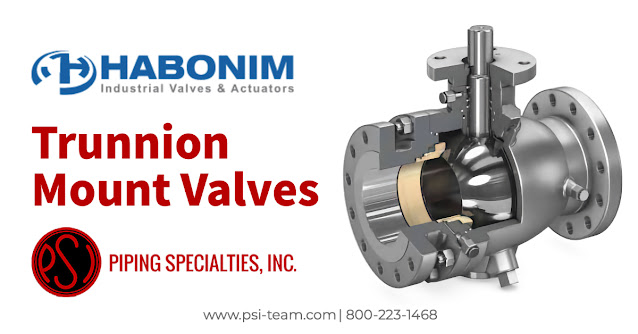Trunnion mount valves are a type of industrial valve used to control the flow of fluids, such as liquids, gases, and slurries, in high-pressure systems. The term "trunnion mount" refers to how the valve mounts on a trunnion, a cylindrical projection that serves as a pivot point for the valve.
The valve body is typically made of metal, such as cast iron, steel, or stainless steel, and may be lined with materials such as PTFE or rubber to improve corrosion resistance and reduce wear. The valve stem, the part of the valve that rotates to open and close the valve, is also usually made of high-strength metal.
One of the most common uses of trunnion mount valves is in oil and gas production and transportation. These valves are often used in pipelines to control the flow of crude oil, natural gas, and other hydrocarbons. They are also commonly used in chemical plants, power plants, and other industrial facilities to control the flow of fluids in high-pressure systems.
Due to the need for tight shutoff and precise flow control, trunnion mount valves are typically used in high-pressure systems operating at 600 psi or higher pressures. They are also designed to handle high-pressure differential applications and are operated manually, pneumatically, or electrically.
Habonim designs and manufactures high-pressure ball valves and valve automation packages specially built for safety, endurance, and reliability to cover gases and fluids control up to 1,000 bar (15,000psi).
The Habonim valve series is for harsh conditions in oil & gas and petrochemical industries, for underground and above-ground installation. Its robust design can withstand heavy loads from large sizes, high pressures, and dynamic temperature cycles.
The trunnion valve series is certified to API 6D (Habonim monogram #6D-1278) with a valve wall thickness that is in full compliance with ANSI B16.34. The trunnion valve line withstands the maximum differential pressure rating specified by the American National Standards Institute (ANSI). The product range offers a range of end connectors, providing design flexibility and customized to meet each customer's specific needs and preferences.
For more information, contact:
Piping Specialties, Inc.
800-223-1468






